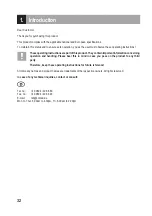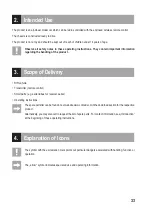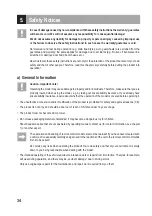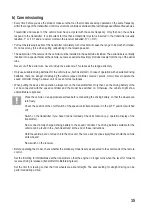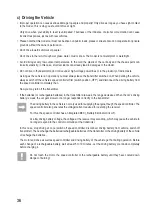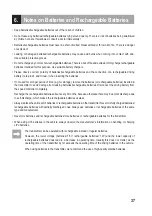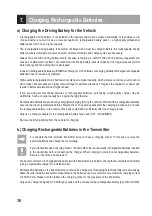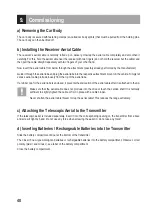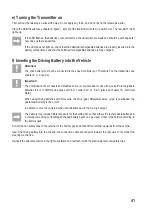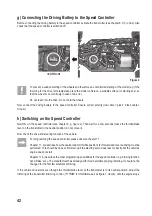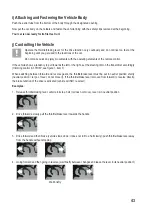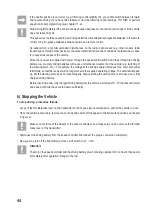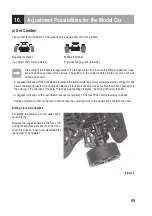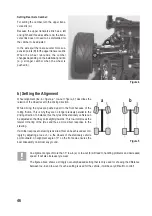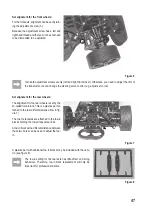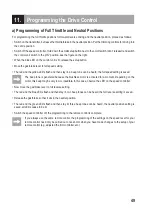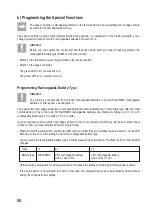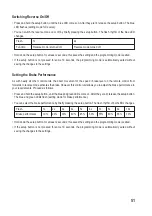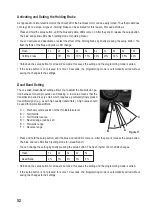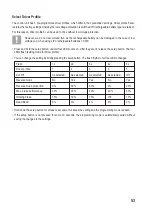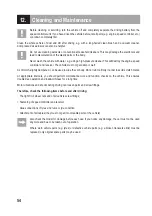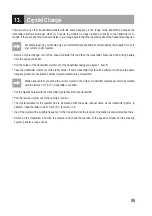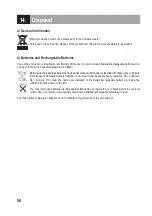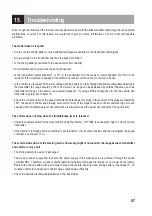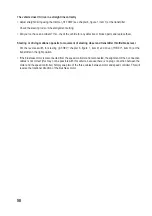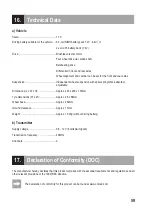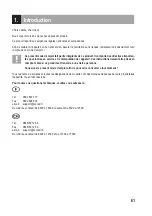
46
Setting Rear Axle Camber:
For setting the camber, turn the upper trans-
verse link (A).
Because the upper transverse link has a left
and right hand thread at either end, the trans-
verse link does not need to be dismantled for
the camber to be adjusted
In the axle spur there are several more sus-
pension points (B) for the upper transverse link.
When the wheel rebounds, the camber
changes depending on the installation position
(e.g. stronger camber when the wheel is
pushed in).
b) Setting the Alignment
Wheel alignment (toe-in = figure „a“, toe-out = figure „b“) describes the
relation of the wheel level to the driving direction.
While driving, the tyres are pushed apart in the front because of the
rolling friction. This is why they are no longer precisely parallel to the
driving direction. To balance this, the tyres of the stationary vehicle can
be adjusted so that they point slightly inwards. This toe-in improves the
lateral cornering of the tyres and thus a more direct response to the
steering.
If a milder response to steering is desired, this can be achieved accord-
ingly by adjusting a toe-out, i.e. the wheels of the stationary vehicle
point outward. An alignment angle of 0° on the front axle ensures the
best driveability on almost any ground.
An alignment angle of more than 3° toe-in (a) or toe-out (b) will lead to handling problems and decreased
speed. It will also increase tyre wear.
The figure above shows a strongly over-emphasised setting that is only used for showing the difference
between toe-in and toe-out. If such a setting is used for the vehicle, it will be very difficult to control!
Figure 4
A
B
¦ ¦
a
b
Figure 5
Summary of Contents for 23 73 30
Page 119: ...118 ...
Page 120: ...119 ...

